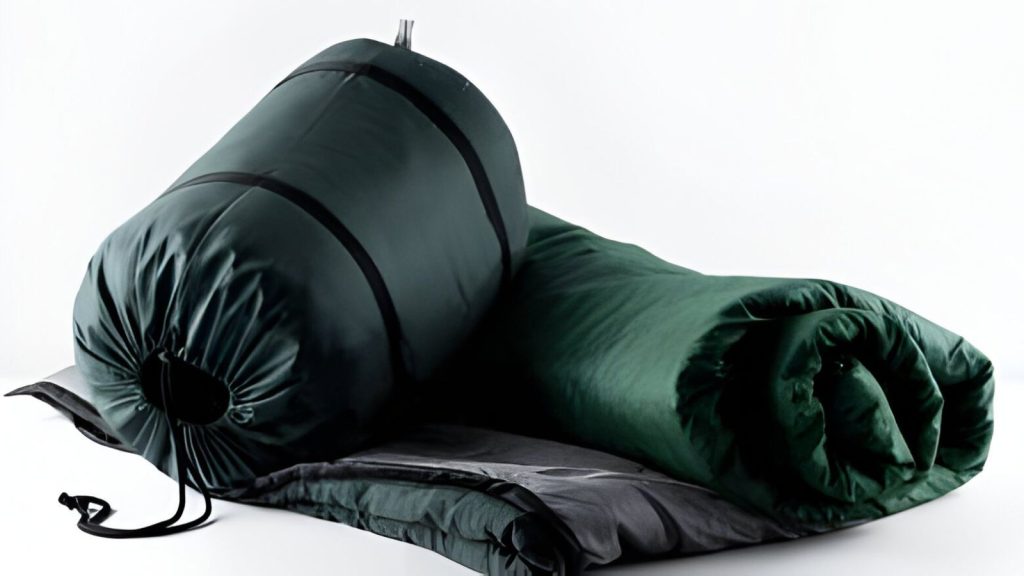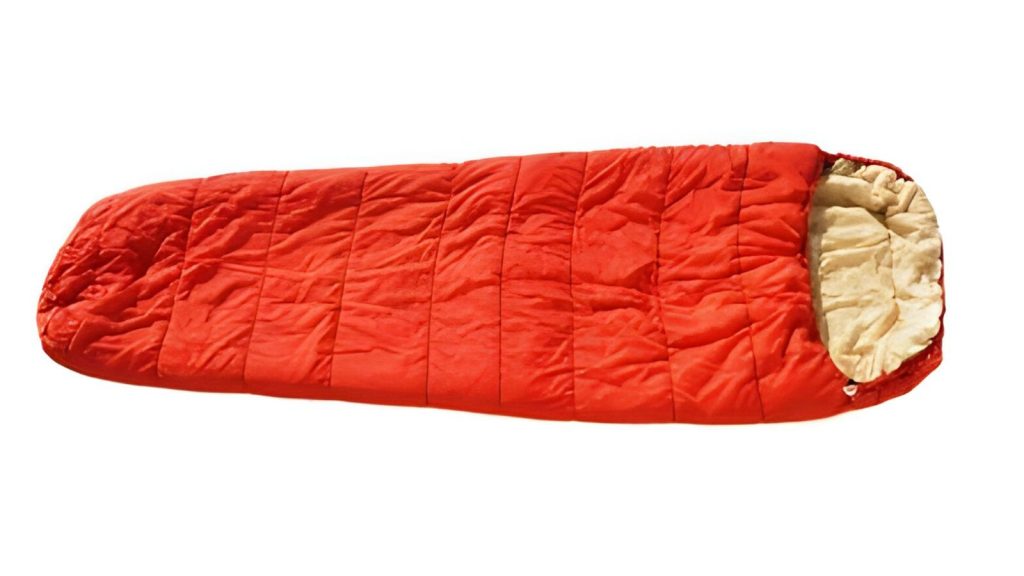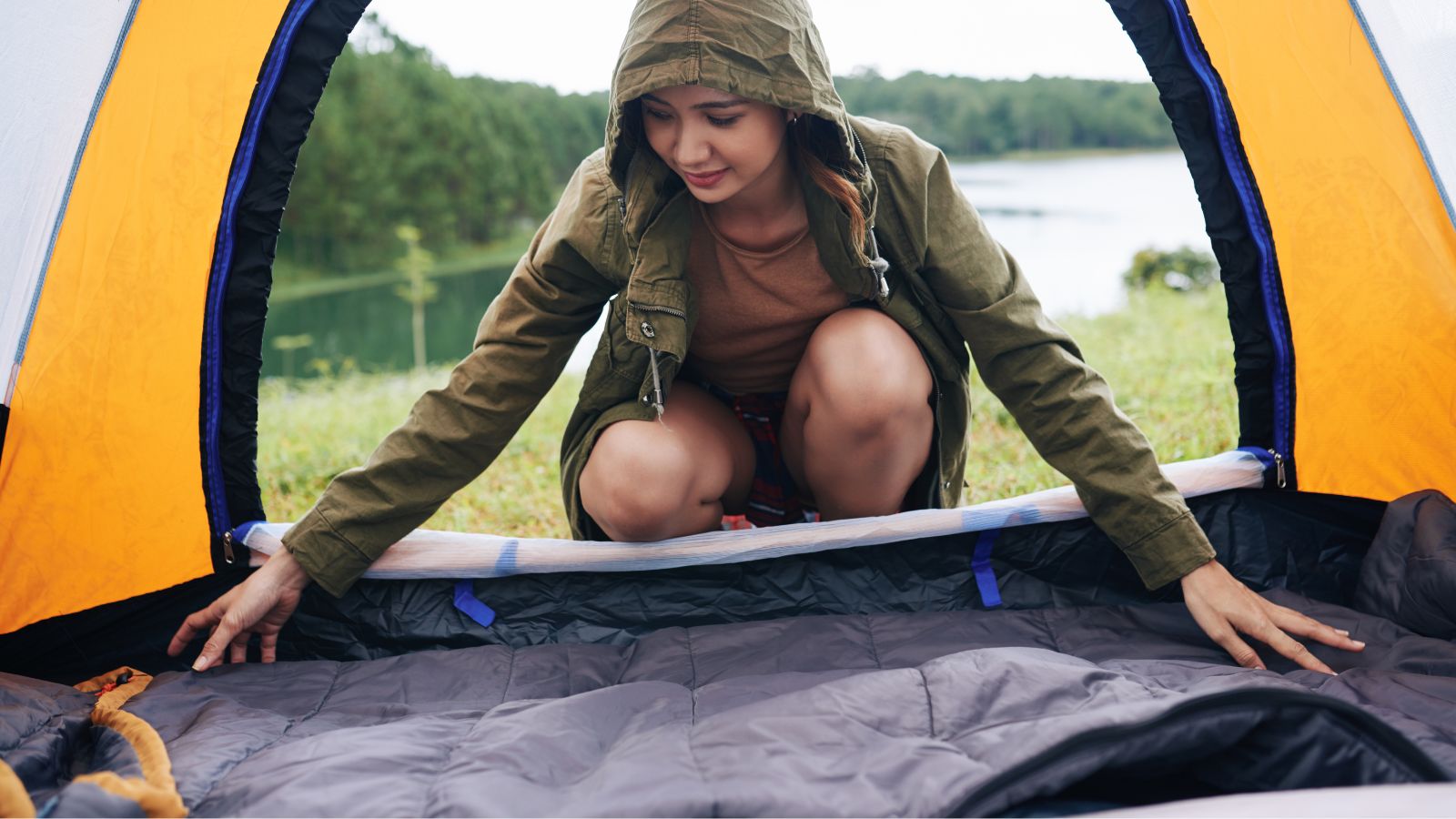As an avid camper and outdoor enthusiast, I’ve spent countless nights in the wilderness, braving various weather conditions and temperatures.
One of the most important lessons I’ve learned is how to stay warm and comfortable in my sleeping bag, ensuring a good night’s rest and an enjoyable camping experience.
In this article, I’ll share my tips and tricks for staying cozy in your sleeping bag, even on the coldest nights.
Understanding Sleeping Bag Ratings
Before we dive into the strategies for staying warm, it’s essential to understand sleeping bag temperature ratings. Sleeping bags are typically rated by their comfort, lower limit, and extreme temperatures.
Comfort Rating
The comfort rating indicates the temperature at which a cold sleeper (usually a woman) can expect to sleep comfortably. This rating assumes that the person is wearing a base layer and using a sleeping pad.
Lower Limit Rating
The lower limit rating is the temperature at which a warm sleeper (usually a man) can sleep without feeling cold. This rating also assumes the use of a base layer and sleeping pad.
Extreme Rating
The extreme rating is the minimum temperature at which a sleeping bag will keep you alive, but not necessarily comfortable. This rating is for survival situations only and should not be relied upon for regular use.
When choosing a sleeping bag, consider the lowest temperature you expect to encounter and choose a bag rated for at least 10°F (5.5°C) lower than that.
Choosing the Right Sleeping Bag

Selecting the right sleeping bag is crucial for staying warm and comfortable during your camping adventures.
Insulation Type
Sleeping bags are typically insulated with either synthetic materials or down feathers. Synthetic bags are less expensive, retain their insulating properties when wet, and dry quickly.
Down bags are lighter, more compressible, and offer better warmth-to-weight ratios, but they lose their insulating ability when wet and take longer to dry.
Shape and Size
Sleeping bags come in different shapes, such as mummy, rectangular, and semi-rectangular. Mummy bags are snug-fitting and offer the best thermal efficiency, while rectangular bags provide more room to move around. Choose a bag that fits your body size and shape to minimize cold spots.
Draft Collar and Hood
A draft collar is an insulated tube that wraps around your neck to prevent heat from escaping. A hood helps to keep your head warm, which is essential since a significant amount of heat is lost through the head. Look for bags with adjustable hoods and draft collars for optimal warmth.
Layering for Warmth
Wearing the right layers inside your sleeping bag can make a significant difference in staying warm.
Base Layers
Start with a moisture-wicking base layer, such as merino wool or synthetic materials like polyester. These materials help to keep you dry by pulling sweat away from your skin.
Mid Layers
Depending on the temperature, add a mid-layer for insulation, such as a fleece jacket or a lightweight down jacket. This layer helps to trap heat close to your body.
Socks and Hat
Wear warm, moisture-wicking socks to keep your feet warm. A wool or fleece hat can help to retain heat that would otherwise be lost through your head.
Sleeping Pad and Liner

A sleeping pad and liner can significantly enhance your sleeping bag’s warmth.
Sleeping Pad
A sleeping pad provides insulation from the cold ground and helps to prevent heat loss through conduction. Choose a pad with a high R-value (a measure of insulation) for colder conditions. Inflatable pads often offer better insulation than closed-cell foam pads.
Sleeping Bag Liner
A sleeping bag liner is a thin, lightweight sheet that goes inside your sleeping bag. It adds an extra layer of insulation and can increase your bag’s temperature rating by up to 15°F (8.3°C). Silk and fleece liners are popular choices for their warmth and comfort.
Preparing Your Sleeping Area
Properly setting up your sleeping area can help to maximize warmth and comfort.
Campsite Selection
Choose a campsite that is sheltered from the wind, such as a spot behind a natural windbreak like trees or rocks. Avoid setting up in low-lying areas where cold air can pool.
Ground Insulation
In addition to your sleeping pad, consider adding an extra layer of insulation between your sleeping bag and the ground. A closed-cell foam pad, a space blanket, or even a layer of leaves or pine needles can help to provide additional insulation.
Minimize Drafts
Ensure that your tent is properly sealed and that there are no gaps or openings where cold air can enter. Use a ground cloth to help seal the floor of your tent and prevent drafts.
Before Bed Routines
What you do before bed can impact how warm you stay throughout the night.
Stay Dry
Make sure you are dry before getting into your sleeping bag. If your clothes are damp from sweat or rain, change into dry layers before bed. Avoid breathing directly into your sleeping bag, as the moisture from your breath can accumulate and reduce the bag’s insulating properties.
Eat and Drink
Consuming a warm, high-calorie meal before bed can help to fuel your body’s heat production. Avoid alcohol, as it can cause your body to lose heat more quickly. Drink a warm, non-caffeinated beverage to help increase your body temperature.
Exercise
Doing some light exercises, such as jumping jacks or squats, before getting into your sleeping bag can help to raise your body temperature. Be careful not to overdo it, as sweating can lead to moisture buildup in your bag.
During the Night
If you find yourself getting cold during the night, there are several things you can do to warm up.
Heat Packs
Bring disposable heat packs or a reusable hot water bottle to place inside your sleeping bag. Put them near your core, such as your chest or lower back, to help warm your body.
Cinch the Hood and Draft Collar
Tighten the hood and draft collar around your head and neck to minimize heat loss. Be sure to leave enough room for breathability to avoid moisture buildup.
Wear a Balaclava or Neck Gaiter
If your head and face are still cold, consider wearing a balaclava or neck gaiter for additional warmth.
Exercise in Your Bag
If you wake up feeling cold, do some light exercises inside your sleeping bag, such as tensing and relaxing your muscles or doing small, controlled movements. This can help to generate heat and increase blood flow.
FAQs
-
What is the best type of sleeping bag for cold weather camping?
For cold weather camping, a mummy-style sleeping bag with a down or high-quality synthetic insulation is recommended. Look for a bag with a lower limit rating that is appropriate for the lowest temperature you expect to encounter.
-
Can I wear my regular clothes inside my sleeping bag?
It’s best to wear dedicated, moisture-wicking base layers inside your sleeping bag. Regular clothes can trap moisture and reduce the bag’s insulating properties. Avoid wearing cotton, as it retains moisture and can make you feel colder.
-
How do I store my sleeping bag when not in use?
Store your sleeping bag in a loose, breathable sack or hang it in a cool, dry place. Avoid compressing the bag for long periods, as this can damage the insulation and reduce its loft.
-
What should I do if my sleeping bag gets wet?
If your sleeping bag gets wet, shake out as much water as possible and hang it to dry in a well-ventilated area, ideally in the sun. If you’re still on your camping trip, you can drape the bag over your tent or a tree branch to dry. Synthetic bags will dry more quickly than down bags.
-
How often should I clean my sleeping bag?
Clean your sleeping bag when it starts to smell or appears dirty. Follow the manufacturer’s instructions for cleaning, which usually involve using a front-loading washing machine with a gentle cycle and a specialized cleaner. Always ensure your bag is completely dry before storing it.
Conclusion
Staying warm in your sleeping bag is essential for a comfortable and enjoyable camping experience. By choosing the right sleeping bag, layering properly, using a sleeping pad and liner, preparing your sleeping area, and following before-bed routines, you can ensure that you stay cozy and warm even on the coldest nights.
Remember to pay attention to your body and make adjustments as needed throughout the night. With these tips and a bit of practice, you’ll be able to sleep soundly and wake up refreshed, ready to take on another day of outdoor adventures.
Happy camping and sweet dreams!

Hi there! I’m John W. Perkins writer and Founder howmp.com. As a passionate outdoorsman and travel enthusiast, I’ve made it my mission to share my experiences and knowledge with fellow adventurers like you.

